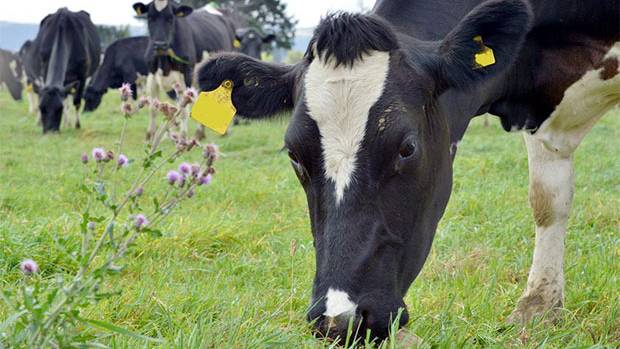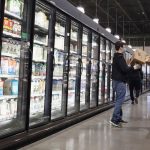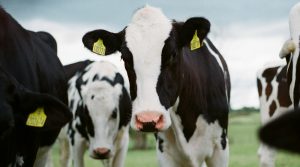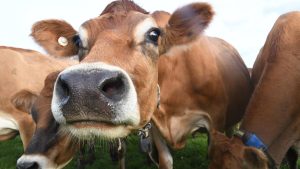
Global dairy markets have, though, performed better than expected throughout the pandemic’s disruption, with the report, titled Waiting for the Dust to Settle, revising up Rabobank’s milk price forecast for Australia and New Zealand.
In southern Australia, the modelled price is AUD6.35/kgMS – the minimum price announcement set for the new season above expectation, suggesting limited upside in the season ahead.
Rabobank’s Q2 2020 global Dairy Quarterly has also forecast milk production to continue expanding across the dairy-exporting regions, despite weather-related issues, lower milk prices and efforts to bring supply back in balance with demand in many areas.
The agribusiness bank forecasts a one per cent year-on-year increase in production across the ‘Big-7’ dairy regions (US, EU, Brazil, Argentina, Uruguay, New Zealand, Australia) in the second half of 2020, and 0.9pc year-on-year in the first half of 2021.
Rabobank senior dairy analyst Michael Harvey said while the Northern Hemisphere recently experienced a rebound in milk and dairy product prices, it may be too soon to call a true dairy market recovery.
“We are on a path toward recovery, but we are not out of the woods,” he said.
“Much of the price support has been driven by government intervention in the market whether through dairy purchases, direct income payments, and managing surplus stock, combined with the reopening of foodservice outlooks that has helped jump-start demand.”
Government support will likely slow in the months ahead, at which time, Mr Harvey said, global market fundamentals would again take hold – and in a slower economy still healing from the pandamic’s economic distruction.
“Much of the world will emerge from the COVID-19 lockdowns into economic recession, and this slower growth will weigh on dairy demand and will curb import purchasing in many regions,” he said.
An expected decrease in demand from South East Asia – a key driver of import opportunities for many milk-producing areas – plus lower Chinese import needs could lead to a surplus of milk, and contribute to high stock levels in the second half of 2020.
Mr Harvey said this inventory build would put downward pressure on dairy commodity prices in the months ahead due to this heightened levels of stocks and competition for reduced import demand.
As lockdowns are lifted, Mr Harvey said, the imbalance between heightened retail sales and lower foodservice sales will begin to converge, however finding this balance would take time.
“There will be limitations preventing a complete return to previous norms, particularly in foodservice sales – new habits may have formed, and we may find people continue preparing more food at home on an ongoing basis,” he said.
The Australian outlook
Mr Harvey said Australia’s milk production recovery in the southern export pool was gathering pace, up 6.7pc in April year-on-year.
Season-to-date milk production was 7.5 billion litres, down 1.6pc year-on-year, with exceptional gains in Tasmania and Gippsland leading this growth.
Rabobank is forecasting milk production to finish at 8.7 billion litres, representing a decline of just 0.7pc, expanding by 3.4 per cent in the 2020/21 season.
“Favourable seasonal conditions will support milk production growth into the 2020/21 season, bringing national production back above nine billion litres and a return to growth in the exportable surplus from Q2 2020 – for the first time since 2018,” Mr Harvey said.
Better seasonal conditions have also slowed culling rates, as Australian dairy farmers look to rebuild stocks, with lower purchased feed markets providing margin support for dairy businesses.
























